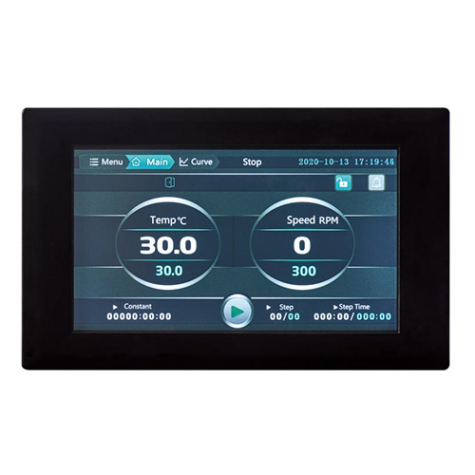The difference between a shaker and an oscillator

Motion mode: The oscillator mainly vibrates in the vertical direction; The shaking table mainly swings in the horizontal direction.
Application scenario: Oscillators are usually used for mixing liquid samples, chemical reactions, and other experiments, suitable for experiments that require frequent mixing; Shakers are usually used for experiments such as cell culture and are suitable for experiments that require slight shaking.
In addition, there are the following differences between the two:
Function: The main function of the shaker is to induce corresponding dynamic reactions of liquids, samples, and other substances, and to achieve mixing, extraction, and other operations; The oscillator mainly utilizes mechanical vibration to mix and separate samples.
Advantages and disadvantages: The shaker can accurately control the frequency, speed, and swing of stirring, achieve uniform mixing and high extraction efficiency, but it is relatively expensive and has a narrow range of applications; The oscillator is inexpensive, has a wide range of applications, and is easy to operate, but the mixing effect is not as uniform as the shaker and the extraction efficiency is lower.
Application scenario:
Oscillators are commonly used for mixing liquid samples, chemical reactions, extraction, staining, and other experiments, and are suitable for experiments that require frequent mixing.
Shakers are commonly used for experiments such as cell culture, biochemical reactions, and bacterial culture, and are suitable for experiments that require slight shaking.